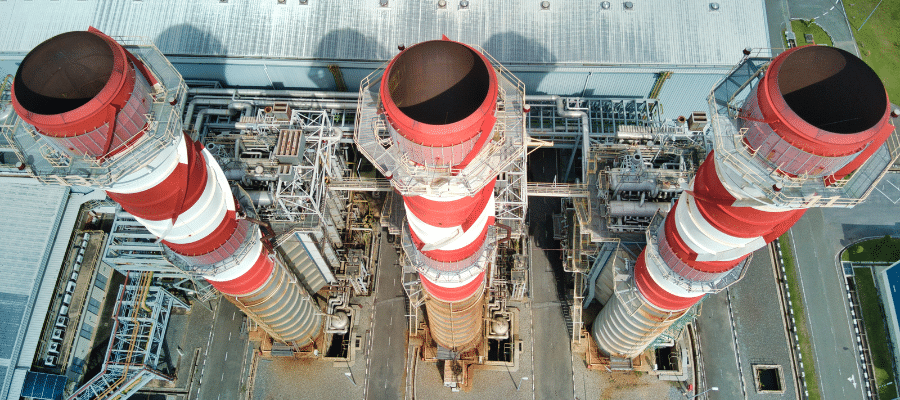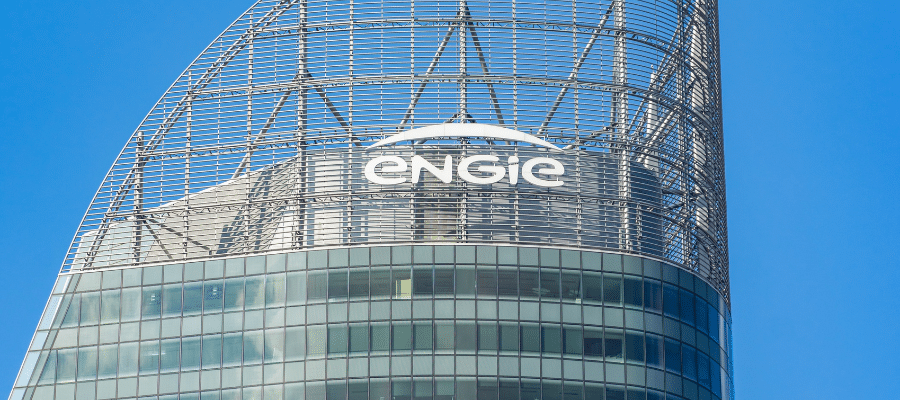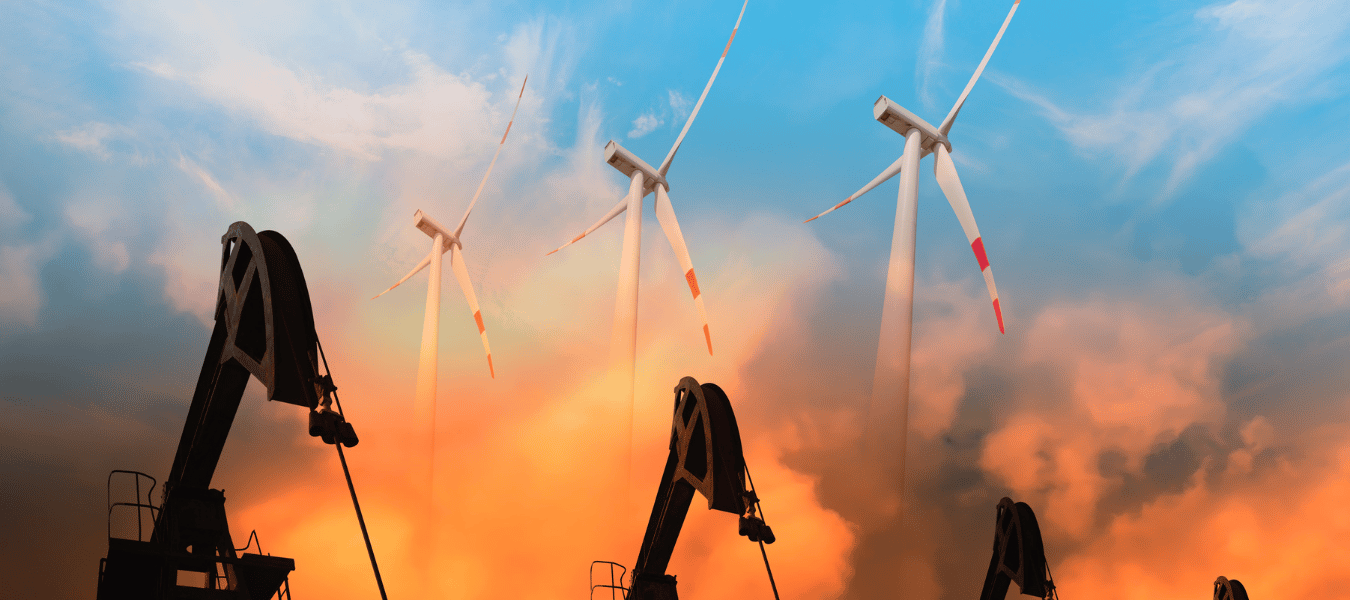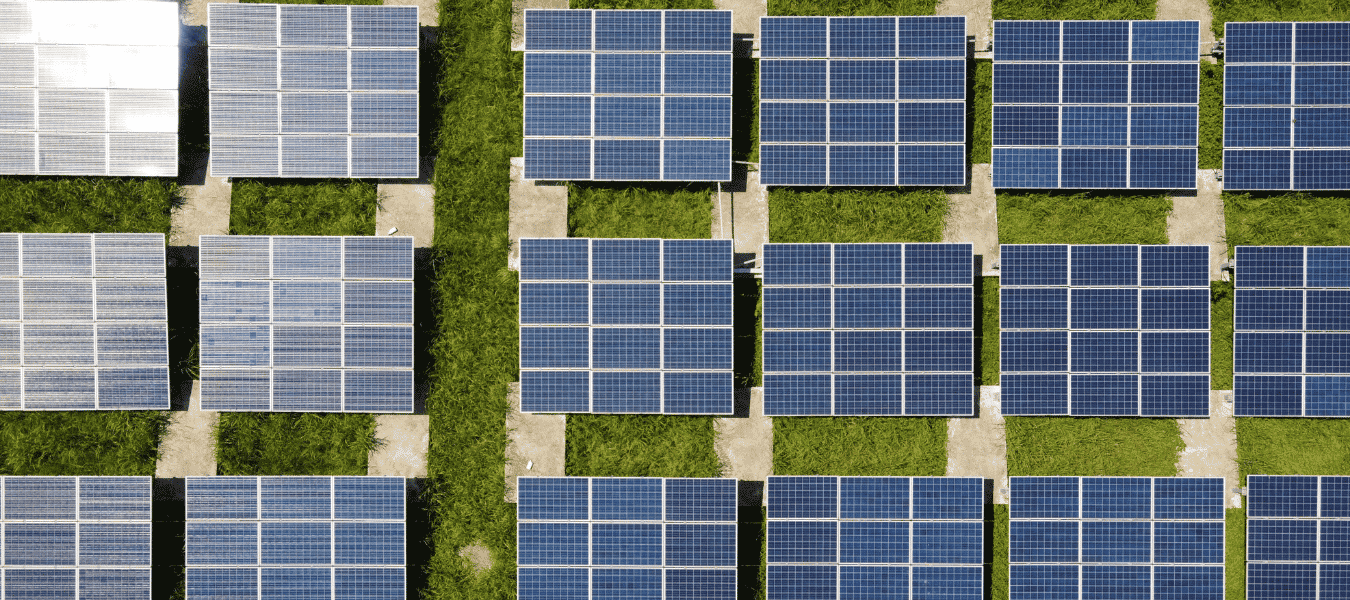In order to limit warming to 1.5°C, global electricity production must be completely decarbonized by 2040, according to the findings of the International Energy Agency (IEA). European and OECD countries have a responsibility to lead the way in building carbon-neutral electricity systems by 2035. However, even though renewable energy is a mature, rapidly deployable and competitive solution, countless coal and gas-fired power plants remain in operation, preventing this transformation and threatening to worsen the climate crisis.
The decarbonization of electricity production, in Europe as in the rest of the world, cannot be achieved without the involvement of financial players. To fully meet their climate commitments and limit global warming to 1.5°C, they must urgently refuse to perpetuate an electricity model that depends on fossil fuels and instead fully embrace the renewable revolution by supporting their development.
Electricity, a blind spot for financial players
A fully decarbonized power sector is the essential foundation for a net zero energy system.
International Energy Agency, 2022
According to the IEA financing for the transformation of the power system needs to increase significantly from US$ 1,300 billion today to US$ 4,200 billion in 2030. In its Net Zero Emissions by 2050 (NZE) scenario, for every dollar invested in fossil fuels in 2030, nine dollars must be invested in what the IEA defines as “clean energy” (i.e. renewables, storage and grid systems, but also nuclear and fossil plants with carbon capture, storage and recovery systems).
But the commitments made by banks, insurers and investors to support renewable energy are too weak and too disparate to develop a decarbonized electricity sector. Moreover, while great progress has been made on coal, particularly in Europe, most financial players have no policy in place to stop fueling the development of new gas-fired power plants. Instead they push companies to plan and commit to closing existing coal and gas infrastructure.
The need for financial actors to act is all the more urgent as many new gas-fired power plant projects could be built, locking in several billion tons of greenhouse gas (GHG) emissions by 2035. While emissions from power generation hit a record high in 2021, planned and under-construction gas projects threaten to increase global operating gas capacity by 38%. In Europe, projects represent a 29% increase in capacity, contributing to the development of over 60 GW of stranded assets between 2026 and 2035.
Accelerating the shift from fossil gas to renewables
The IEA’s NZE scenario indicates that global gas consumption for power generation must fall by 25% in 2030 compared to 2021 and that the world must completely decarbonize its electricity by 2040 at the latest. In Europe, as in other developed regions, the transformation needs to be faster in order to achieve decarbonized electricity by 2035. Conversely, the IEA indicates that the share of solar PV and wind in global electricity generation needs to increase from 10% in 2021 to 40% in 2030 and 70% in 2050.
Global renewable energy production by technology in the IEA
NZE scenario between 2010 and 2030
It should be noted that the IEA’s NZE scenario is gambling on the significant development of technologies that are not yet mature, and/or that have already shown significant limitations, such as carbon capture, storage and recovery (CCSR) systems, and on “solutions” that may have major environmental impacts, notably biomass. The renewable energy deployment targets in the NZE scenario should therefore be understood as a minimum target to be achieved.
The good news is that full decarbonization of the power sector is not only possible, but would generate climate, health, socio-economic and financial benefits.
Fossil gas: a dangerous source of energy

Gas-fired power plants were the main source of emissions from the European electricity sector in 2020

2800 premature deaths and 15,000 cases of respiratory disorders were linked to pollution generated by gas power plants in Europe in 2019.
Renewables: a green, reliable, and sustainable source of energy

Renewable energy sources are available in all countries, and their potential has simply not yet been fully exploited.

In 2022, wind and solar energy generated one-fifth of the EU’s electricity (22%), surpassing fossil gas (20%) for the first time and remaining above coal power (16%).

The transition of the current European electricity system to a system based mainly on wind and solar energy would allow Europe to save more than €1000 billion by 2035.
ENGIE, a lack of ambition in the face of climate change
Since the Paris Agreement, ENGIE has sold 16 of its coal-fired power plants, representing 60% of the total reduction in its coal-fired generation capacity. The latest sale was the Brazilian Pampa Sul plant in September 2022. At the same time, the French group has also converted several coal assets to biomass or fossil gas.
Now ENGIE must begin an orderly closure or at least a mothballing of its gas assets by 2035 in Europe and 2040 in the rest of the world. The company is far from achieving that target, with more than 4.5 GW of additional capacity planned. In parallel, the company has recently signed or extended three new contracts for the supply of liquefied natural gas (LNG) from the United States (mainly shale gas) beyond 2040.
If ENGIE justifies these gas developments by saying they will be converted to green hydrogen or biomethane in the future, it should be noted that these technologies are currently not yet mature enough, and their development potential is much more hazardous compared to renewables. In 2021, biogas and biomethane represented only 1% of the world’s gas production, while green hydrogen represented just 0.5% of hydrogen production, or about 0.03% of the world’s gas production.
Despite the highly hypothetical potential of renewable gases, ENGIE expects to rely on them to fully decarbonize its gas assets by 2045, as well as relying on CO2 capture and storage devices. With just 31 GW of renewable capacity (wind, solar and hydro) in 2020, the group must increase its renewable projects to reach its target of 80 GW in 2030. As it stands, ENGIE is only aligned with a trajectory well below 2°C …
Financial players must support the development of 100% renewable electricity
The primary responsibility of financial actors is to stop giving direct support to the construction of new fossil or unsustainable power plants.
Instead, they must adopt ambitious commitments to support renewables, especially wind and solar.
But looking beyond projects, financial actors and in particular investors have a key role to play in order to demand detailed, credible and transparent transition plans from utilities.
In order to be credible in their dialogue with electricity companies, financial players must commit themselves to gas phase-out targets – and to coal phase-out targets for those who have not already done so – and ask the companies in their portfolios to do the same. And because we need to plan the closure of fossil fuel assets, financial actors must suspend their support for companies that continue to develop them as soon as possible.
Secondly, they must demand that companies set ambitious targets for the deployment of wind and solar energy, and that they publsih a comprehensive climate plan to assess the decarbonization objectives and the measures taken to achieve them in the light of a credible 1.5°C scenario.



